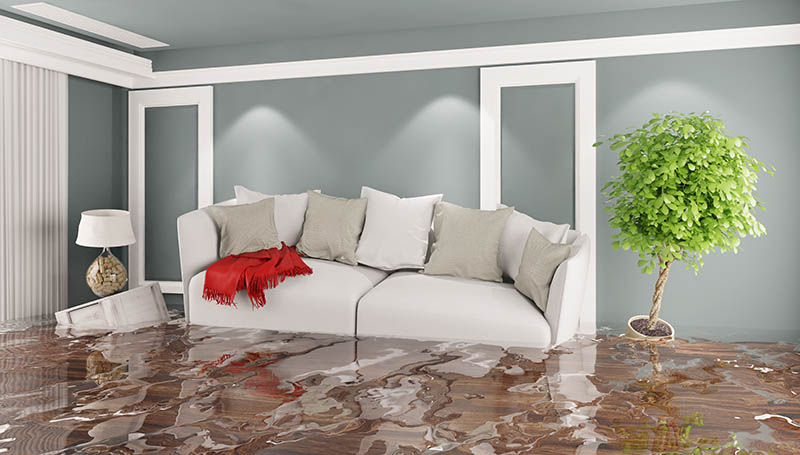Understanding the Main Factors for Drips in The Home
Understanding the Main Factors for Drips in The Home
Blog Article
They are making a number of great annotation on the subject of How Fast Water Damage Can Ruin Your Home overall in the content further down.

Leakages not just trigger waste of water yet can also trigger unneeded damages to your home and also promote unwanted organic development. By understanding and looking for day-to-day situations that create leaks, you can shield your house from future leakages and unnecessary damage.
Intruding origins
Many water leakages start outside your home instead of inside it. If you discover an abrupt reduction in water pressure, state in your tap, require time to head out and examine your backyard. You might observe damp patches or sinkholes in your lawn, which might mean that tree roots are invading water lines creating water to leak out. You can have your plumber look for breach, specifically if you have trees or bushes near your residential property.
Rusty water supply
As time passes by, your plumbing system ages and also rust such as corrosion may begin gnawing the pipes. This may be the source of discoloration or warping on your water pipes. This asks for an evaluation with your plumber immediately. Consider replacing the pipes given that they are at a higher risk of rust than the more recent designs if our plumbing system is old.
Malfunctioning Pipe Joints
Pipe joints can degrade over time, resulting in water leakages. If you have noisy pipes that make ticking or banging noises, particularly when the warm water is turned on, your pipe joints are most likely under a whole lot of stress.
Instantaneous temperature level changes.
Severe temperature modifications in our pipelines can trigger them to expand as well as contract unexpectedly. This expansion and also contraction might create fractures in the pipelines, especially if the temperature level are below freezing. It would be best if you kept an eye on just how your plumbing functions. The presence of the previously pointed out circumstances frequently indicates a high danger.
Poor Water Connectors
At times, a leak can be created by loosened hose pipes as well as pipelines that supply your appliances. In situation of a water links leakage, you might notice water running directly from the supply line or puddles around your home appliances.
Obstructed Drains
Obstructed drains pipes could be bothersome as well as inconveniencing, however they can often end up triggering an overflow bring about burst pipes. Maintain removing any products that might decrease your drains that might block them to prevent such aggravations.
All the above are causes of leaks but not all water leakages arise from plumbing leakages; some leakages could originate from roofing leaks. All leaks ought to be repaired immediately to avoid water damage.
Leakages not just create waste of water yet can additionally create unneeded damage to your house and promote undesirable natural growth. By looking and recognizing for day-to-day circumstances that cause leakages, you can secure your house from future leaks and also unnecessary damages. Today, we will look at six leakage causes that might be causing your pipelines to drip.
At times, a leakage can be triggered by loose pipes as well as pipes that provide your appliances. In situation of a water connections leakage, you might see water running straight from the supply line or pools around your home appliances.
How To Check For Water Leak In Your Home
How To Check for Leaks
The average household's leaks can account for nearly 10,000 gallons of water wasted every year and ten percent of homes have leaks that waste 90 gallons or more per day. Common types of leaks found in the home are worn toilet flappers, dripping faucets, and other leaking valves. These types of leaks are often easy to fix, requiring only a few tools and hardware that can pay for themselves in water savings. Fixing easily corrected household water leaks can save homeowners about 10 percent on their water bills.
To check for leaks in your home, you first need to determine whether you're wasting water and then identify the source of the leak. Here are some tips for finding leaks:
Take a look at your water usage during a colder month, such as January or February. If a family of four exceeds 12,000 gallons per month, there are serious leaks.
Check your water meter before and after a two-hour period when no water is being used. If the meter changes at all, you probably have a leak.
Identify toilet leaks by placing a drop of food coloring in the toilet tank. If any color shows up in the bowl after 10 minutes, you have a leak. (Be sure to flush immediately after the experiment to avoid staining the tank.)
Examine faucet gaskets and pipe fittings for any water on the outside of the pipe to check for surface leaks.
Undetected water leaks can happen without the home or business owner even realizing. If you suspect a water leak, but not able to find the source. It is time to contact a professional water leak detection service, The Leak Doctor.
How To Find a Water Leak In Your Home
https://www.leakdoctor.com/blog/How-To-Check-For-Water-Leak-In-Your-Home_AE197.html

We were made aware of that write-up on How to detect water leaks in your home through a good friend on a different web address. Do you know somebody else who is intrigued by the subject? Why not share it. Thanks a lot for your time spent reading it.
Visit Report this page